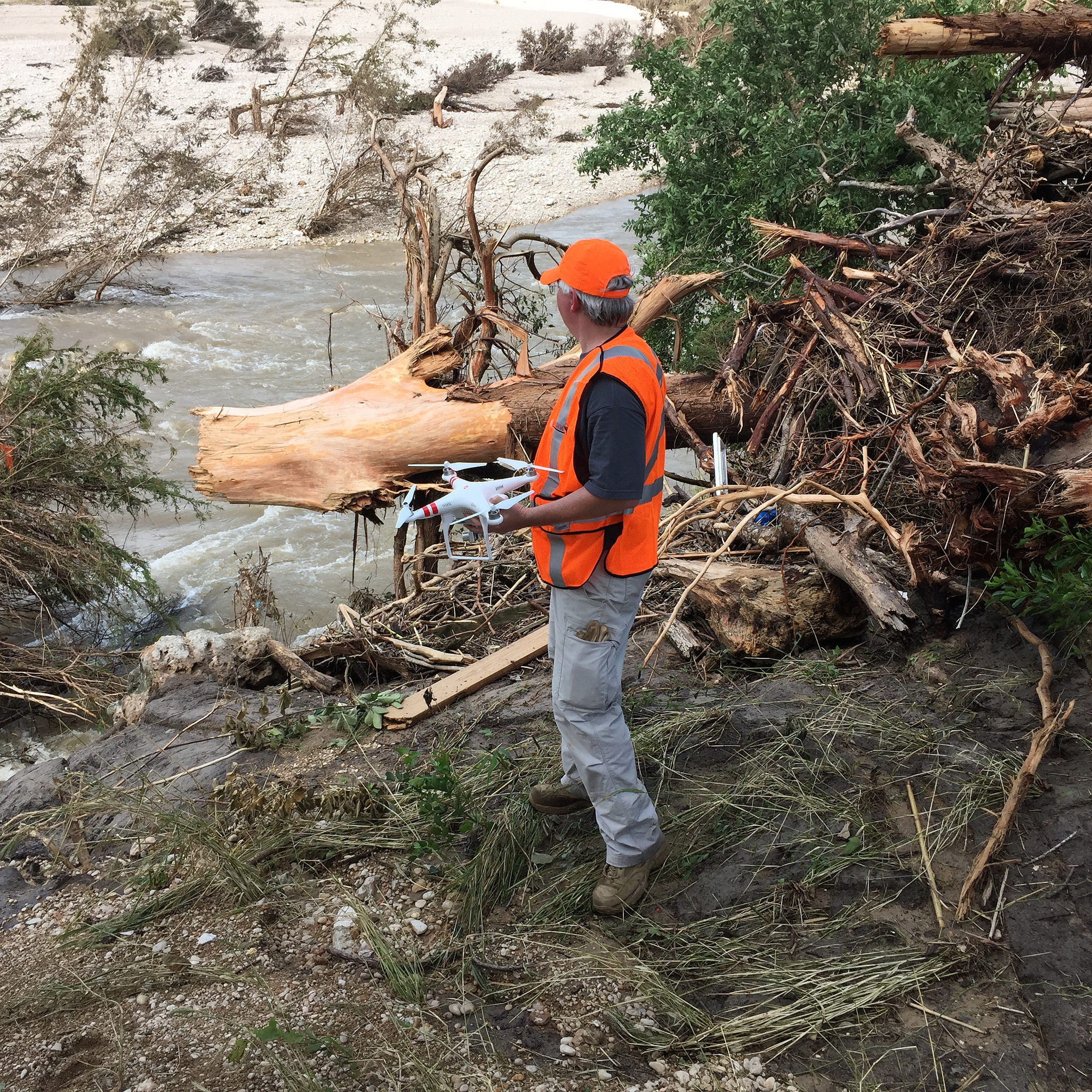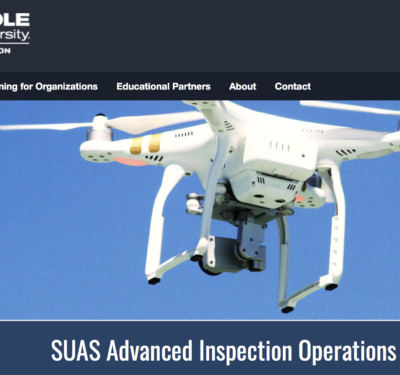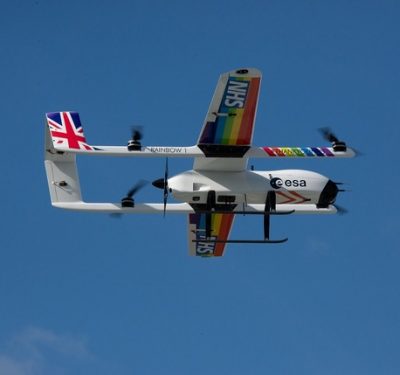
LSUASC flood response
On May 25, devastating floods struck Wimberley, Texas, leaving four people dead in the county and at least eight missing.
On Thursday, a research team from the Lone Star Unmanned Aircraft Systems Center of Excellence & Innovation (LSUASC) at Texas A&M University-Corpus Christi was dispatched to this town, located 30 miles southwest of Austin in Hays County, to conduct low-altitude research flights to help with rescue and damage assessment efforts.
During the mission, the team of three will perform real-time aerial searches for missing persons, livestock and vehicles, according to a news release. The low-altitude flights will be conducted at 200 feet, which is in line with the FAA’s new authorization allowing the six UAS test sites to conduct small UAS research operations anywhere in the United States at altitudes less than 200 feet using any remotely-piloted aircraft weighing less than 55 pounds.
“We will survey land areas, including bridge and critical infrastructure and roadways,” said Jerry Hendrix, Chief Engineer for the LSUASC test site and leader of the research team, according to the release. “It will be a general aerial assessment of damage due to storm and flooding.”
The team will be based at a private ranch about 5 miles north of Wimberley. Part of their mission is to assess damage related to the storm that flooded the Blanco River. They “will assist in determining the process for use of UAS as a rapid-response tool in natural emergencies and the value of operating at 200 feet or less for aerial surveillance under such conditions,” Hendrix said, according to the release.
For this mission, the Lone Star team will use a variety of UASs, cameras and sensors, including an AscTec Falcon 8 provided by HUVRData of Austin, equipped with high-definition video and thermal-imaging cameras and multispectral sensors; a senseFly eBee provided by Urban Engineering of Corpus Christi equipped with a 16-megapixel camera and a 12-megapixel near-infrared camera; and a DJI Phantom quad-copter provided by A&M-Corpus Christi’s iCORE Lab and the University’s College of Science and Engineering, equipped with a 16-megapixel video camera and a forward-looking infrared camera.
“Our hearts go out to those who have suffered great losses in Hays County,” said Dr. Flavius Killebrew, President and CEO of Texas A&M University-Corpus Christi, according to the release. “We are making every effort to support recovery efforts there with tools we believe will be of value to state and local emergency-management personnel.”






